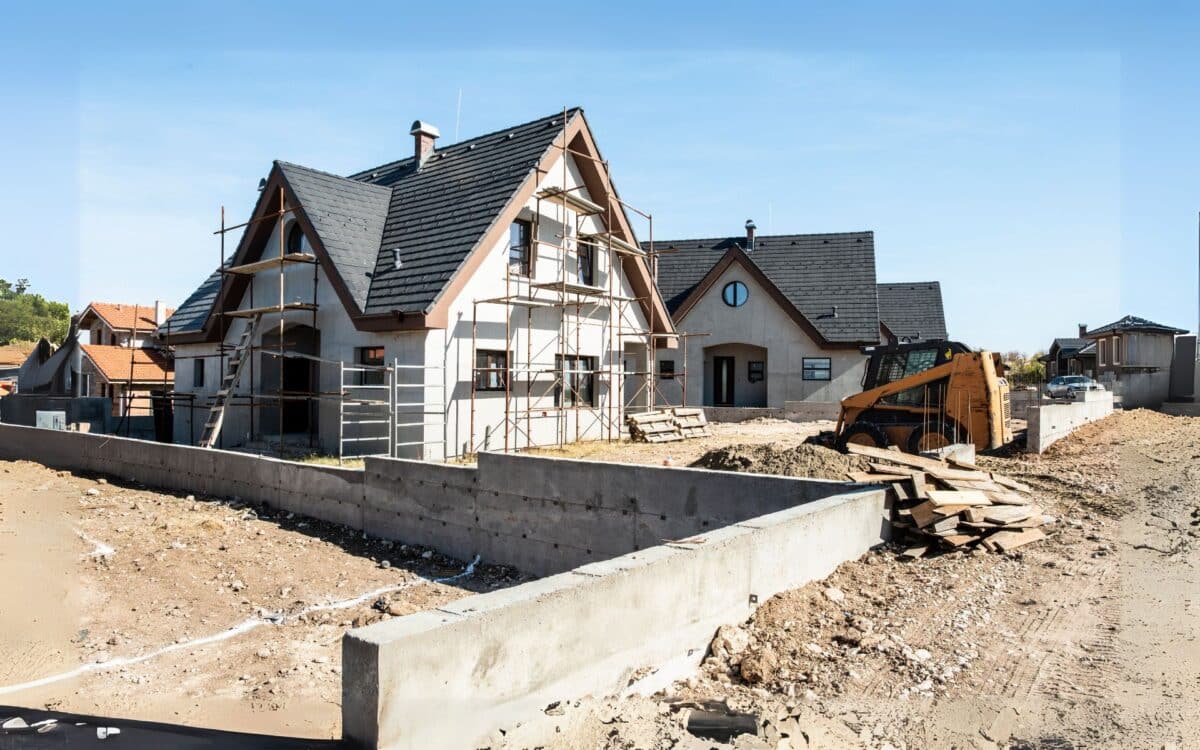The UK government has announced measures to curb housing benefit payments to rogue landlords whose properties fail to meet adequate standards. The initiative, part of a broader housing policy effort, includes an additional £350 million investment in affordable housing. The plan aims to address the housing crisis, improve living conditions, and tackle exploitative rental practices.
Restrictions on Rogue Landlords
Under the new policy, landlords renting substandard housing will face restrictions on receiving housing benefit payments. The government is introducing a licensing scheme, stricter property standards, and direct financial controls to ensure public funds are not misused. Authorities say this is necessary to prevent criminal groups from exploiting vulnerable tenants by housing them in unsafe, overcrowded conditions.
Several cases have highlighted the urgent need for intervention, including landlords placing vulnerable individuals in hazardous environments, such as victims of sexual violence being housed alongside offenders. Specific areas, including Blackpool, Birmingham, Blackburn, and Hull, have seen entire streets affected by poor housing conditions, drug use, and anti-social behaviour.
Expansion of Affordable Housing
The government’s £350 million boost builds on an existing £500 million investment, bringing total funding for affordable homes to £11.5 billion. The goal is to construct 1.5 million homes by 2026, with 2,800 new units being developed immediately, half of which will be allocated for social rent.
An additional £50 million will be directed to councils to improve temporary accommodation, reducing reliance on bed-and-breakfast housing for families in need.
Currently, 123,000 households, including 160,000 children, are living in temporary accommodation, with nearly 6,000 families placed in B&Bs. This situation is widely regarded as both unacceptable and financially unsustainable, creating significant strain on local authorities struggling to meet housing demands.
Challenges in Meeting Housing Targets
While the funding aims to alleviate housing shortages, questions remain over the feasibility of reaching the 1.5 million home target. Deputy Prime Minister Angela Rayner acknowledged the challenge but reaffirmed the government’s commitment, stating, “We will meet that target because we can’t afford not to.”
However, critics point to a shortage of skilled workers in the construction sector as a potential roadblock. Developers and housing experts argue that fundamental changes in planning laws and building regulations will be needed to achieve large-scale housing development.
Additional Financial Breakdown and Expert Concerns
The £350 million injection is part of a wider £12.3 billion investment over the last five years in the UK’s Affordable Homes Programme (AHP). Of the newly allocated funding, £300 million will come from the Ministry of Housing, Communities and Local Government’s existing budget, supporting the construction of 2,800 affordable homes over the next year.
Additionally, £50 million will be provided to local councils, including £20 million in new funding and £30 million in reallocated funds, to create 250 additional homes and reduce the use of unsuitable temporary accommodation such as B&Bs.
Housing charities and industry experts have raised concerns about whether these measures will be sufficient. Shelter estimates that England needs at least 90,000 new social rent homes per year for the next decade to clear waiting lists and provide housing for homeless individuals. There are currently 1.3 million people on social housing waiting lists, underscoring the scale of demand.
Fiona Fletcher-Smith, CEO of L&Q, one of the UK’s largest housing associations, welcomed the funding but cautioned that “it won’t touch the sides” given the severity of the crisis. Similarly, David Thomas, CEO of Barratt Redrow, the UK’s largest housebuilder, warned that the government would need to “revolutionise the market, planning, and construction methods” to meet its ambitious goals.
The government has stated that a replacement for the Affordable Homes Programme will be announced in the upcoming Spending Review this spring, further shaping the long-term outlook for the UK’s housing sector.
The Broader Political Context
The initiative is part of the government’s broader housing strategy, aligning with its promise to build more homes, improve living conditions, and protect renters, including stricter regulations on Housing Benefit payments to rogue landlords. Political opposition has emerged, with Conservative critics arguing that housing supply issues will persist due to high levels of immigration.
Meanwhile, Prime Minister Keir Starmer and Angela Rayner recently visited a housing development project with King Charles, a rare public engagement highlighting the urgency of the crisis. While Downing Street denied any political motivations, the visit underscored the government’s push to address longstanding housing issues.
Outlook for the Housing Sector
The government’s crackdown on rogue landlords and increased housing benefit regulations, alongside greater investment in affordable housing, mark a significant policy shift aimed at improving renter protections and expanding affordable housing. However, meeting ambitious targets will require overcoming structural challenges, including labour shortages, planning restrictions, and funding gaps.
Housing advocates, policymakers, and developers continue to debate solutions, the effectiveness of these measures will depend on long-term investment, enforcement, and policy reforms to ensure sustainable progress in addressing the UK’s housing crisis.









